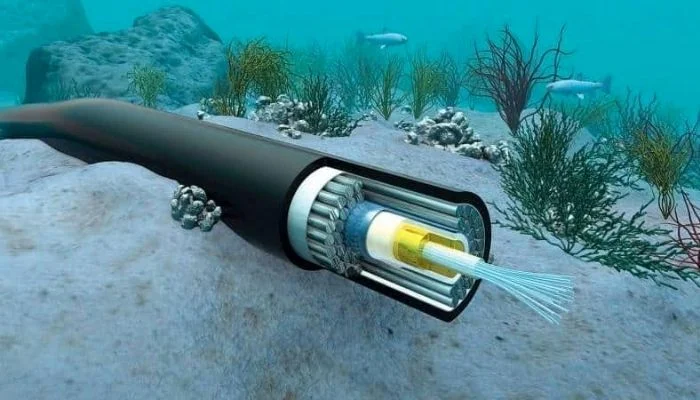Disputes over control of Yemeni Waters delay full repair of the three Red Sea’s submarine Internet Cables that were damaged since February, 2024. According to TechCentral, the Yemeni government has issued permits for the repair of two of the three cables but has declined approval for the third due to a disagreement with one of the consortium members involved in the cable’s operation.
Precisely, the repairs for the Seacom and EIG cables (which is the first and second subsea cables) have received approval. However, the consortium responsible for the AAE-1 cable, which includes TeleYemen, a telecommunication network in Yemen, was denied a permit by Yemen’s internationally recognized government, as per documents.
As per report, these three subsea cables were destroy by the Rubymar vessel, which was sunk by Houthi forces in late February. Red Sea is the main route that’s connecting Europe’s internet infrastructure to Asia, and there are more than twelve subsea cables passing through the route. Out of which, three were destroyed.
Although, days after the incident happened, the traffics through the routes were rerouted. However, despite rerouting the data that traverses the damaged cables, the incident underscored the susceptibility of crucial submarine infrastructure and the difficulties in conducting repairs within a conflict area.
The disagreement regarding the third cable stems from the divided political control of TeleYemen, the nation’s primary telecommunications provider, reflecting wider geopolitical divisions in Yemen.
TeleYemen operates two branches, one in Aden under the authority of the internationally recognized Yemeni government, and the other in Sanaa under the control of the Houthi militia group.
The Yemeni government declined to collaborate with the Houthi-affiliated segment of TeleYemen associated with the AAE-1 cable consortium, instead attempting to nominate a representative from the Aden branch, as per documents.
However, the consortium did not approve the proposed representative, leading Yemen’s government to withhold a permit, according to the documents.
E-Marine, a subsidiary of the Abu Dhabi-based Emirates Telecommunications Group, is contracted to conduct the repairs.
The Aden branch of TeleYemen, aligned with the Yemeni government, requested E-Marine to provide a £10-million (R232-million) bank guarantee to ensure that repairs on the AAE-1 cable would not proceed while the dispute remained unresolved.
Initially, the telecoms ministry approved this condition, but Yemen’s cabinet later deemed it unnecessary, stated a senior government official.
E-Marine and the Houthi telecoms ministry did not respond immediately to requests for comment.
The willingness of the Houthis, an Iran-backed militia group controlling much of Yemen’s Red Sea coastline, to allow E-Marine to repair the two cables remains uncertain.
The Houthis, who have been targeting ships in the area with drones and missiles, have asserted that only they can authorize the repairs.
According to Prenesh Padayachee of Seacom, the repair ships will take approximately a week to reach the cables and two days each to fix. The damaged sections will be replaced with fresh cable after being lifted to the surface.
The repair crew will also assess the Rubymar, the ship sunk by the Houthis, which likely caused the cable damage in February. Padayachee noted that the Rubymar is currently about 1km away from the cable and appears stable, but precautions are necessary to prevent it from damaging the new cables.
These three damaged cables handle approximately 25% of the region’s internet traffic, according to estimates from HGC Global Communications, a Hong Kong-based internet provider that utilizes the cables.
